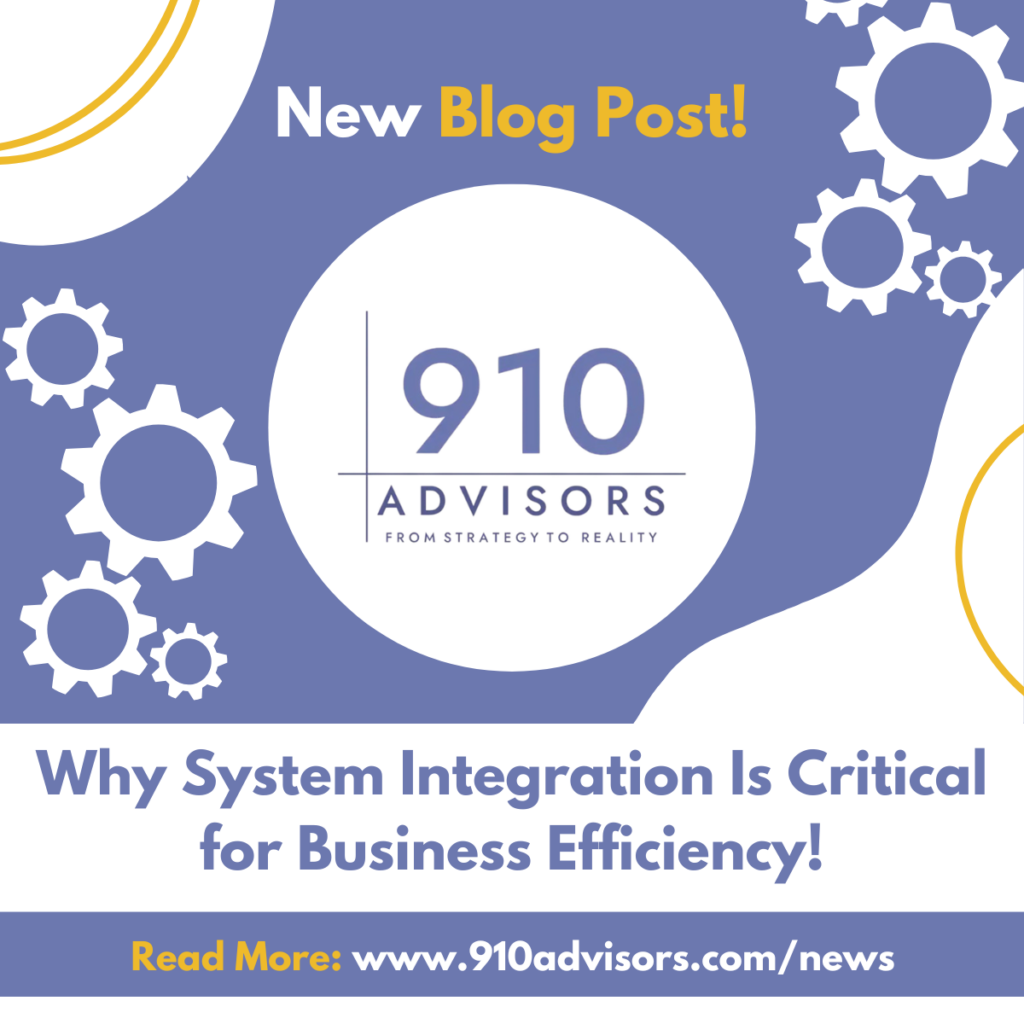Why System Integration is Critical for Business Efficiency

In today’s digital economy, businesses rely on a suite of specialized tools, Customer Relationship Management (CRM), Configure Price Quote (CPQ), Order Management Systems (OMS), eCommerce platforms, Business Intelligence (BI), pricing engines, and Enterprise Resource Planning (ERP) in order to optimize their System Integration. When these systems operate in silos, teams struggle with inefficiencies, duplicated data entry, and inconsistent insights.
A fully integrated technology stack ensures that every function, from sales to fulfillment, communicates in real time. This level of system integration provides a seamless flow of information across departments, enabling faster decision-making and improved customer experiences. For example, when your CPQ tool integrates directly with your CRM and ERP, your sales team can quote accurately based on inventory and pricing rules pulled in real time.
According to a 2024 report from McKinsey & Company, businesses with integrated digital systems saw up to 20% higher productivity compared to those with isolated tools (source).
Common Challenges with Disconnected Systems:
Despite the clear benefits, many organizations still operate with disconnected systems. One of the biggest challenges is data inconsistency, when customer, product, or pricing data is updated in one platform but not reflected in another. This not only leads to errors but also creates compliance risks and undermines customer trust.
Another common issue is manual workarounds. When systems don’t communicate, employees must manually transfer data between platforms, which is both time-consuming and error prone. Over time, this creates operational bottlenecks and limits your ability to scale. Moreover, analytics derived from fragmented data are often unreliable. A 2023 Gartner study found that 80% of BI initiatives fail due to data silos and lack of integration across business applications (source).
Benefits of System Integration Across CRM, CPQ, OMS, e-Com, BI, Pricing, and ERP:
When integration is done right, the entire business benefits:
- Unified Customer Experience: Real-time syncing between CRM, e-Com, and OMS ensures that customer data is always current, regardless of where the interaction started.
- Faster Sales Cycles: With CPQ connected to ERP and pricing tools, your sales team can quickly deliver accurate quotes without checking multiple systems.
- Smarter Decision-Making: BI dashboards fed from all core systems provide a complete picture of performance, allowing executives to act with confidence.
- Cost Reduction: By eliminating manual processes and reducing errors, integrated systems cut down on overhead and operational waste.
- Agility: Integration enables rapid adaptation to changing business needs, such as introducing new pricing models, updating SKUs, or launching in new markets.
Companies like Salesforce and SAP offer ecosystem integrations that allow businesses to connect their CRM, ERP, and analytics layers under one unified architecture (source).
How to Begin Your Integration Journey:
If your systems are still working independently, now is the time to evaluate your architecture. Start by mapping out your existing tools and identifying where data silos or duplicated processes exist. Prioritize integrations that have the highest impact, often these are between CRM and ERP, or CPQ and pricing engines.
Then, consider a phased implementation plan. System integration doesn’t happen overnight. It may start with middleware or APIs to bridge the gap, followed by more advanced automation and data syncing solutions. Working with experienced partners who specialize in ERP and digital transformation, like 910 Advisors, can streamline this process. Ensure that all integrations follow industry best practices for data governance, security, and compliance. The goal isn’t just to connect tools, but to create a cohesive ecosystem that grows with your business.
Looking Ahead:
As digital expectations continue to rise, seamless system integration isn’t just a nice-to-have, it’s a competitive advantage. Whether you’re a manufacturer using Epicor Prophet 21 or a distributor leveraging Salesforce and NetSuite, ensuring your CRM, CPQ, OMS, e-Com, BI, pricing, and ERP systems are fully integrated will set you up for success!

